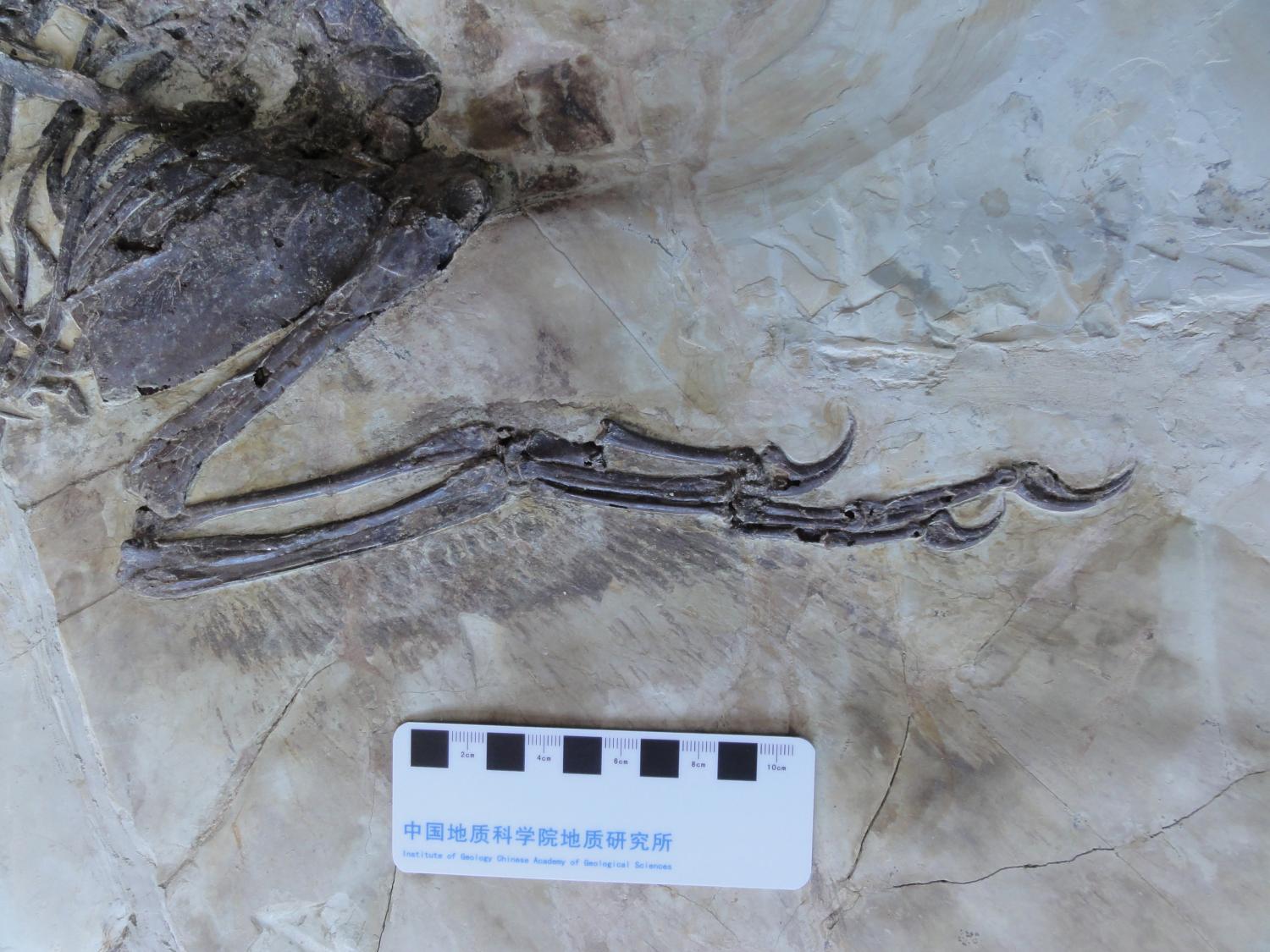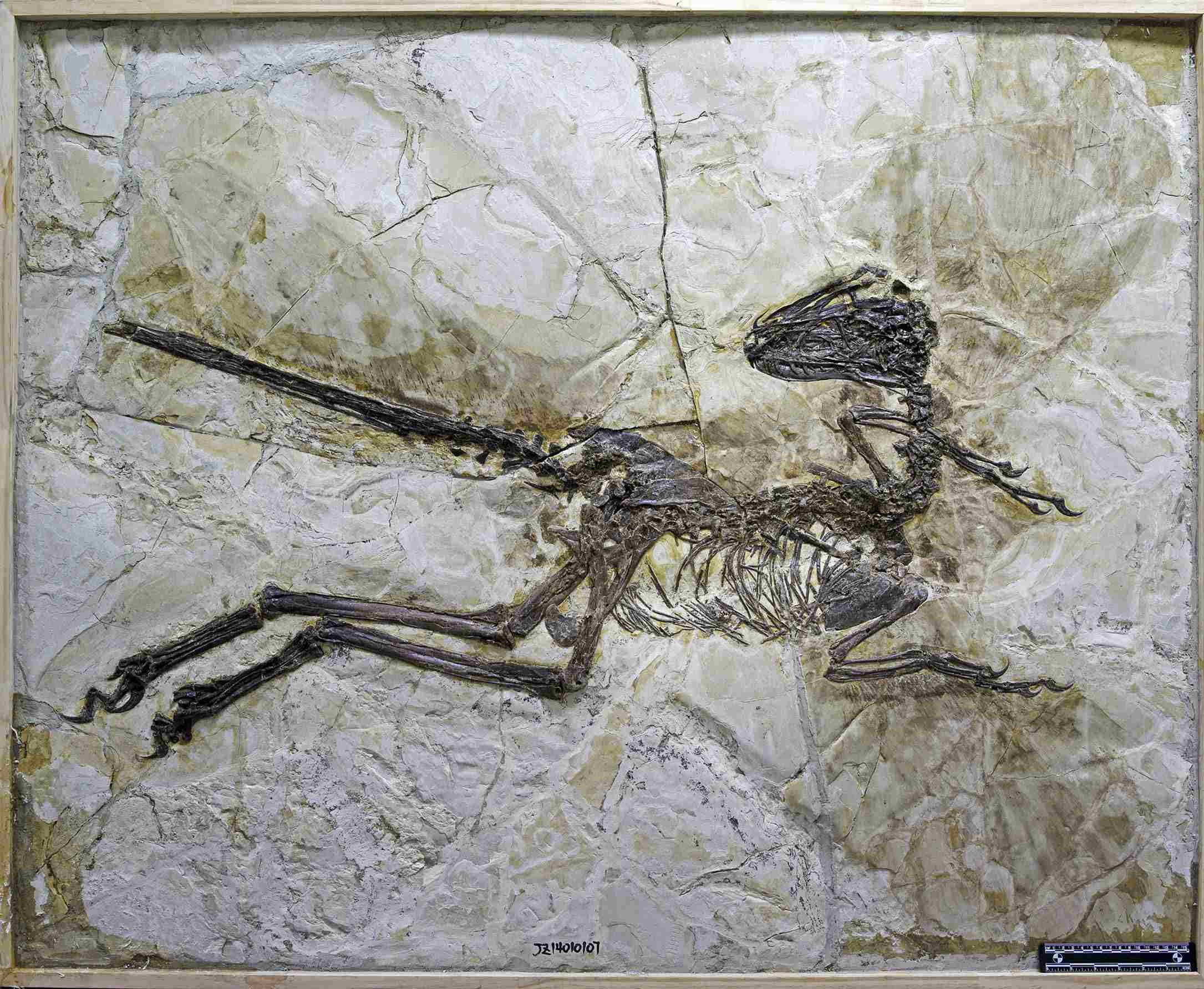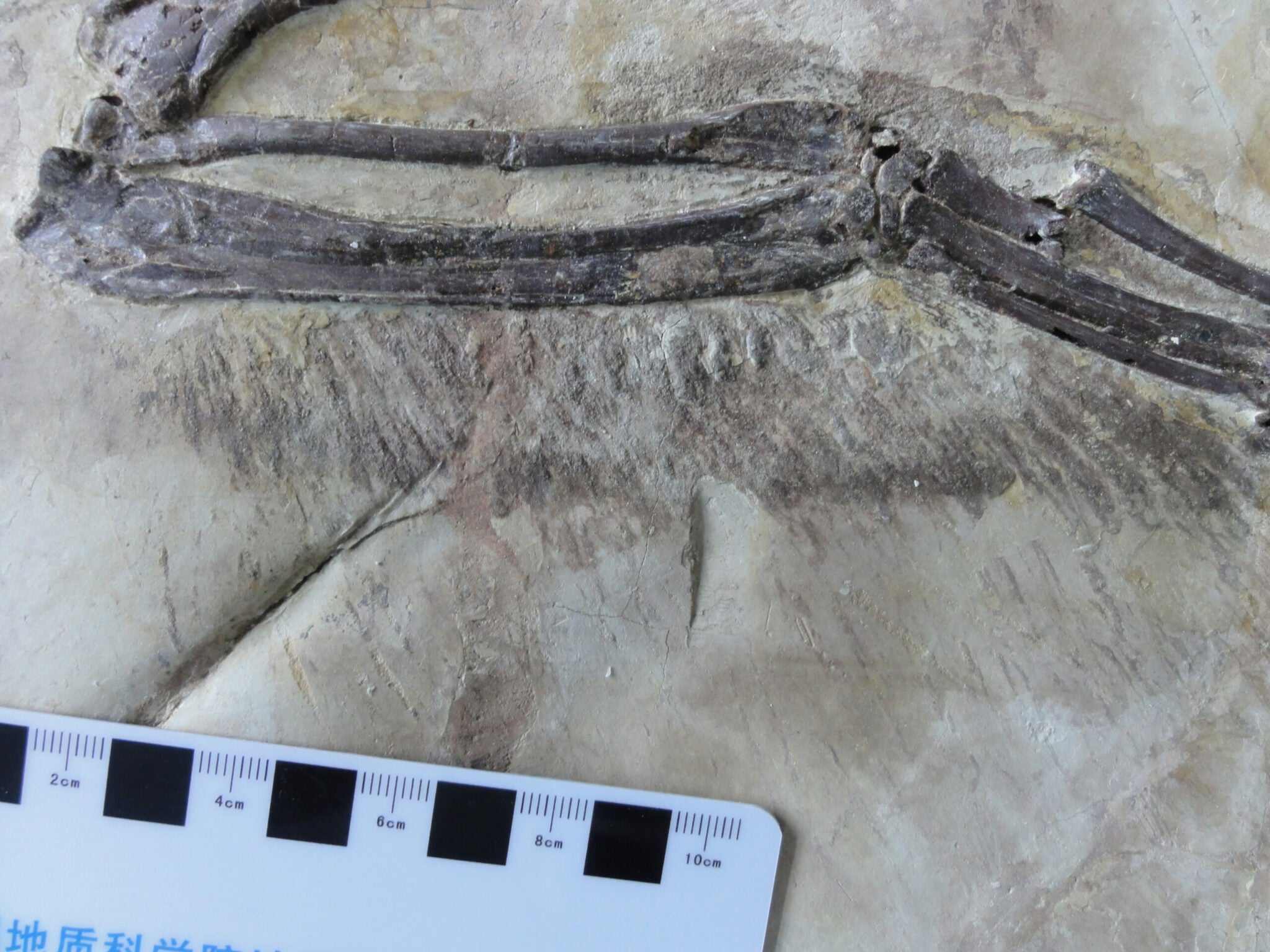A new type of feathered dinosaur, the biggest yet known with wings on its arms, has been unearthed in China.

The Zhenyuanlong, as it is known, is coated in feathers and resembles a modern bird, complete with three layers of quill characteristics. This new monster is considered to be 125 million years old and is a close relative of the well-known velociraptor.
The Liaoning Province of China, where the Zhenyuanlong was discovered, is well-known for the hundreds of feathered dinosaurs that have been discovered there, and this recent find adds to the area’s biodiversity.
The fossil of the Zhenyuanlong, like other specimens, is a superbly preserved example of dinosaur life from the Early Cretaceous era.
The etymology of the Zhenyuanlong’s name comes from a combination of the word “long”, which means dragon in Chinese, and “Zhenyuan”, the surname of the man who secured the specimen for study.

Like other creatures discovered in the region the dinosaur “has broad wings on its arms comprised of multiple sets of pennaceous feathers and large pennaceous feathers on the tail”, according to a paper published today in the journal Scientific Reports.
Paleontologists note that, unlike its close relatives, the raptor “appears to lack vaned feathers on the hindlimb.”
But it is not these factors that make this dinosaur especially unique. The researchers explain the Zhenyuanlong is “an aberrant and rare animal compared to the vast majority of other Liaoning dromaeosaurids, due to its large body size and proportionally tiny forearms”.
The dinosaur’s cousins are mostly the size of a normal house cat. The Zhenyuanlong is larger, having shorter forearms and enormous, intricate wings.

Another intriguing aspect of the Zhenyuanlong is that, despite the presence of these wings, they do not appear to be optimized for flight. The researchers suspect that a short-armed species like the Zhenyuanlong evolved wings even if it did not fly.
“It may be that such large wings comprised of multiple layers of feathers were useful for display purposes, and possibly even evolved for this reason and not for flight, and this is one reason why they may have been retained in paravians that did not fly,” the researchers claimed.




